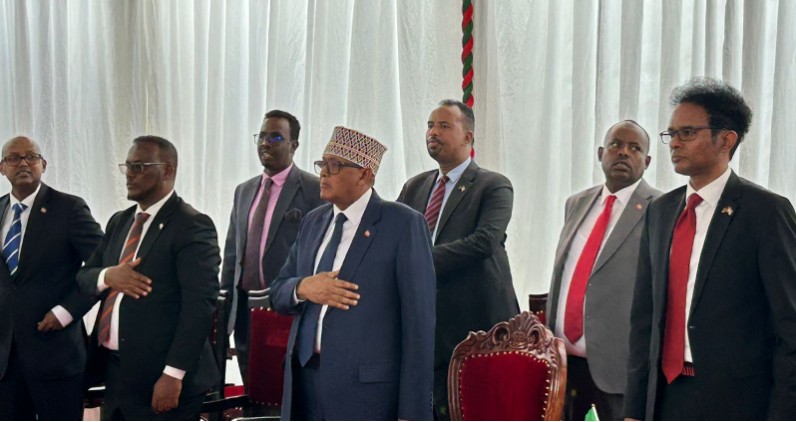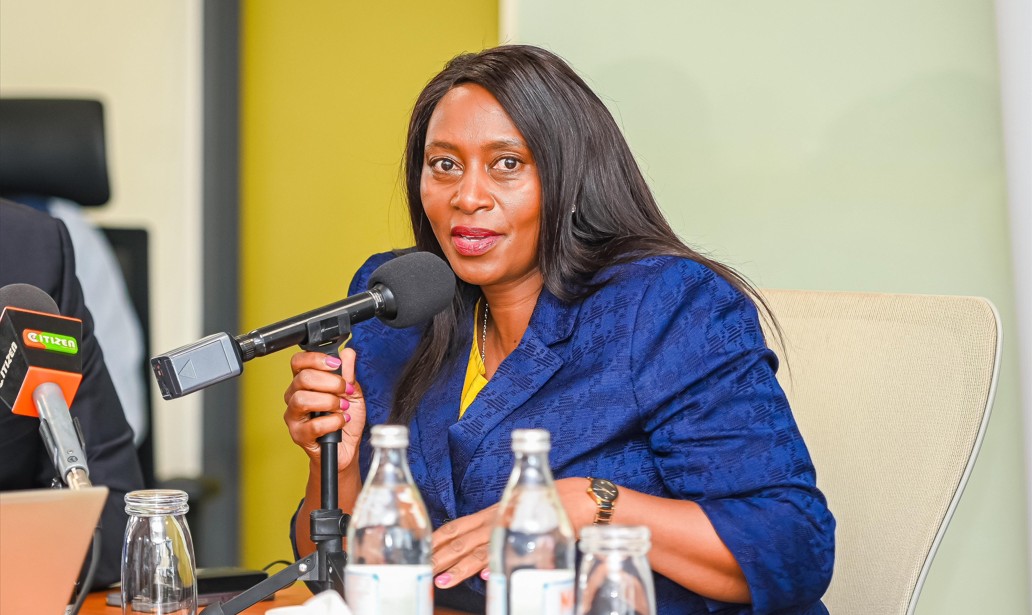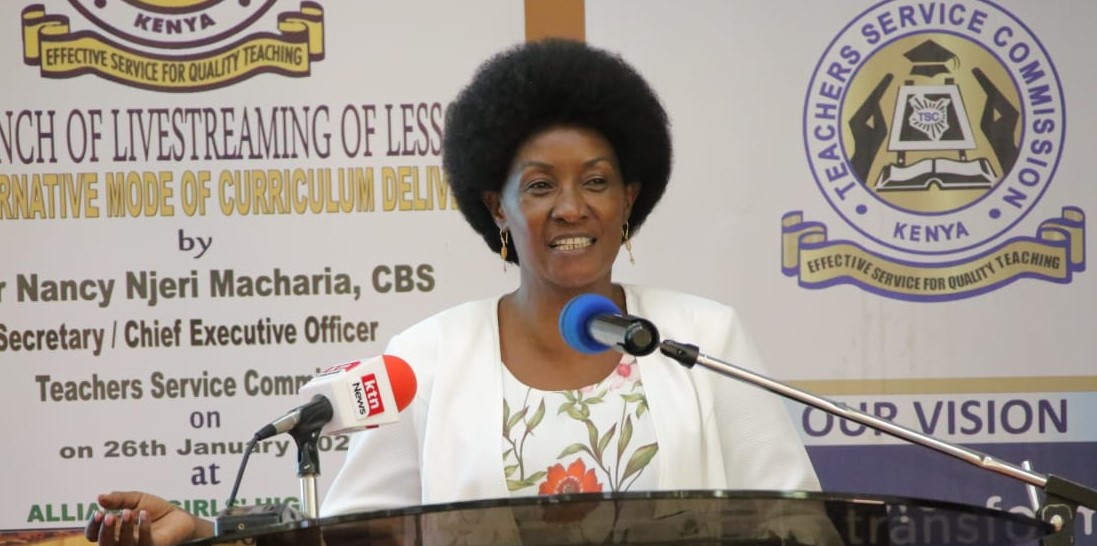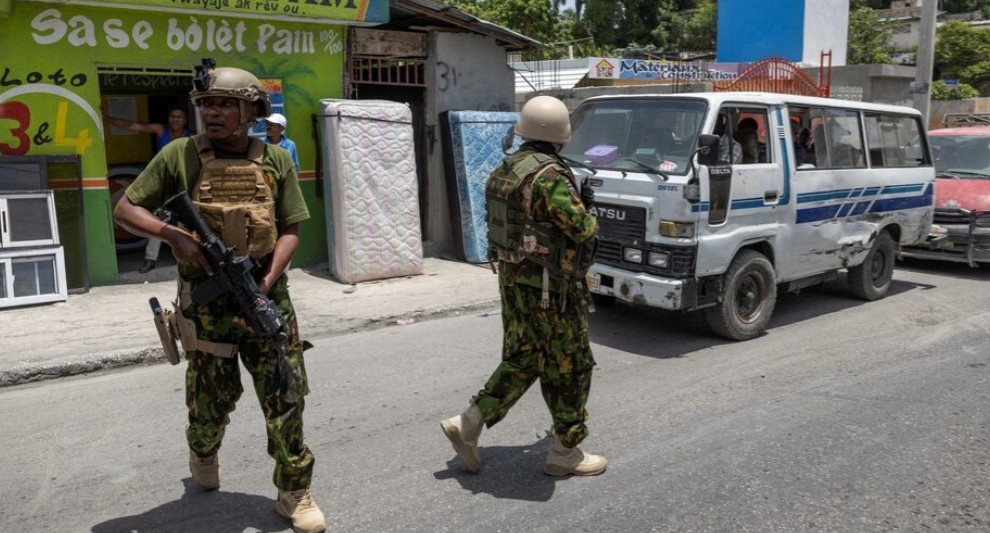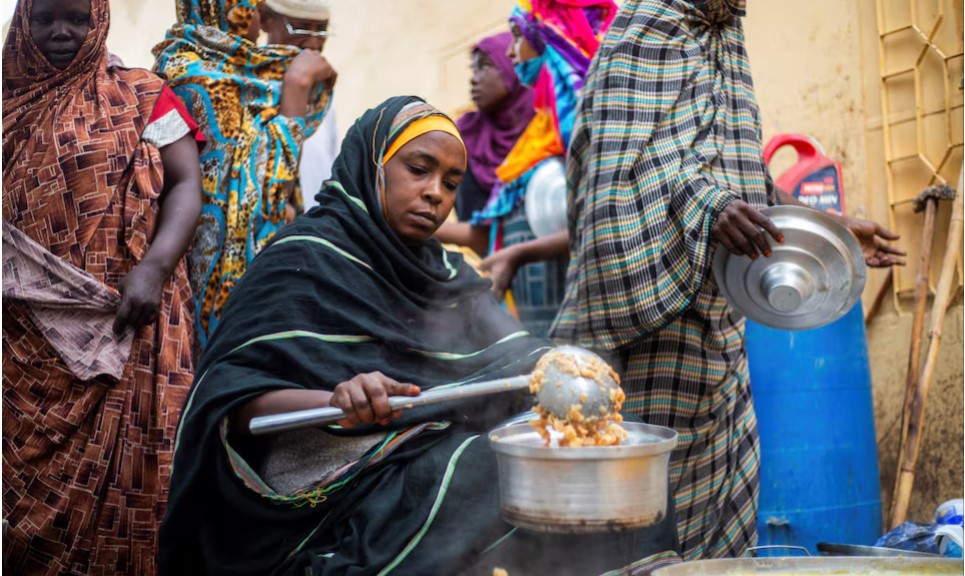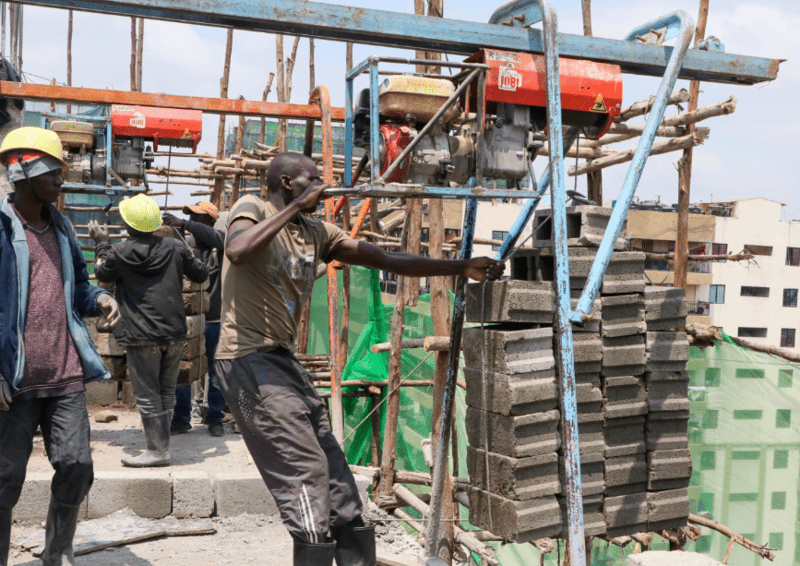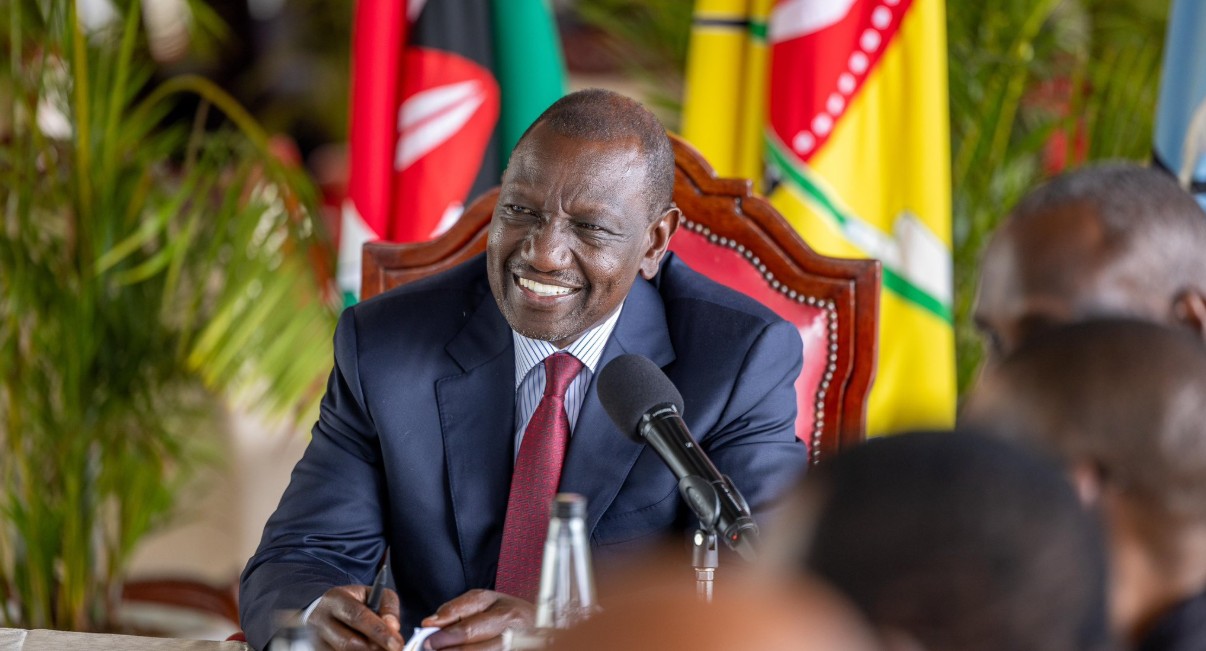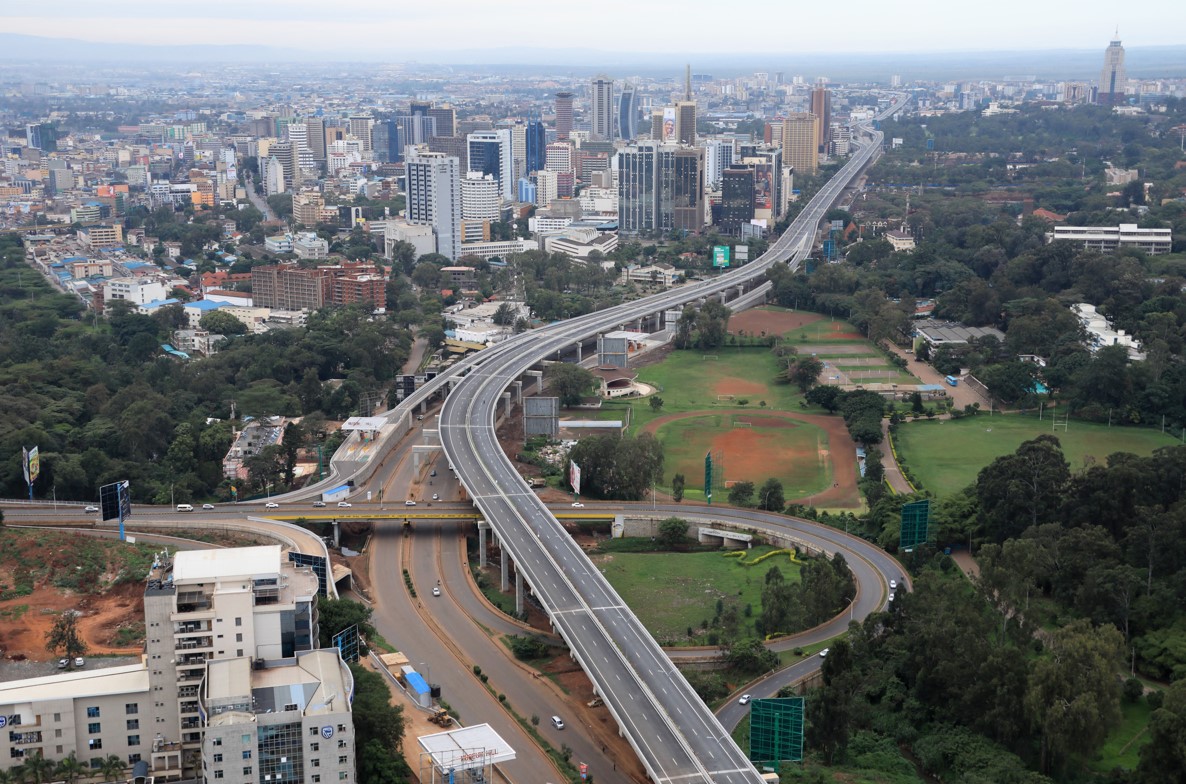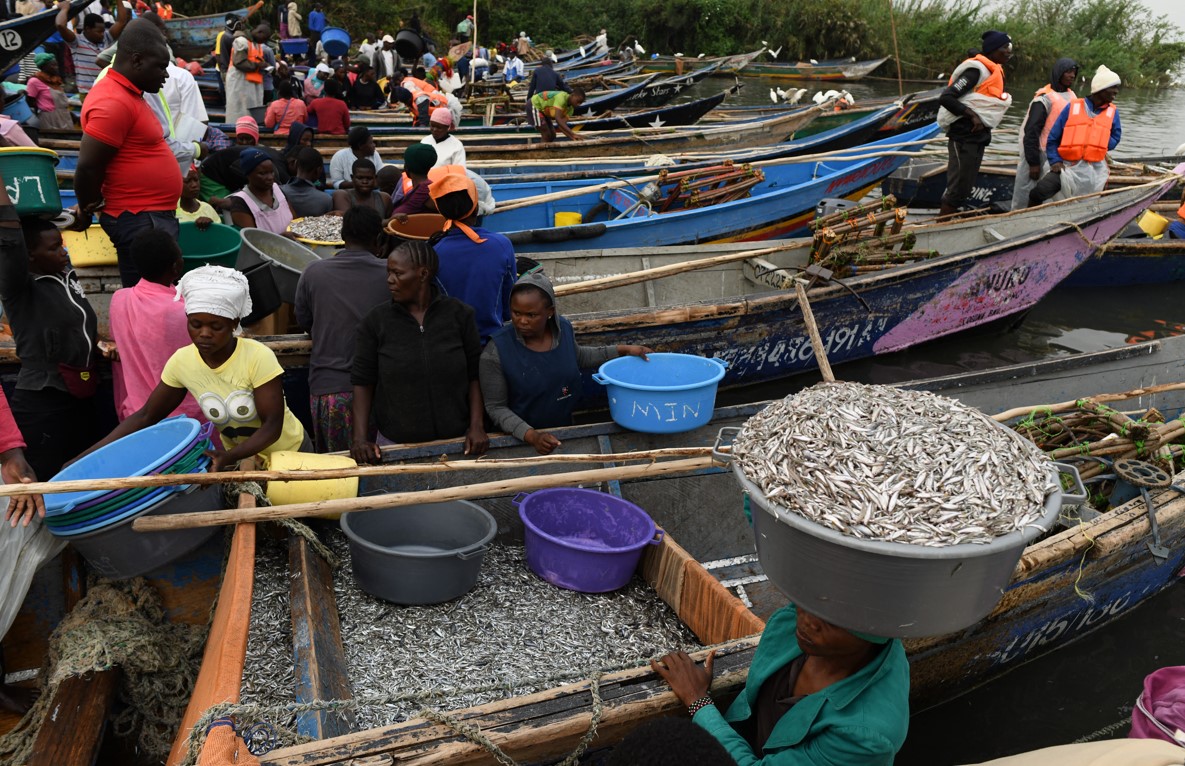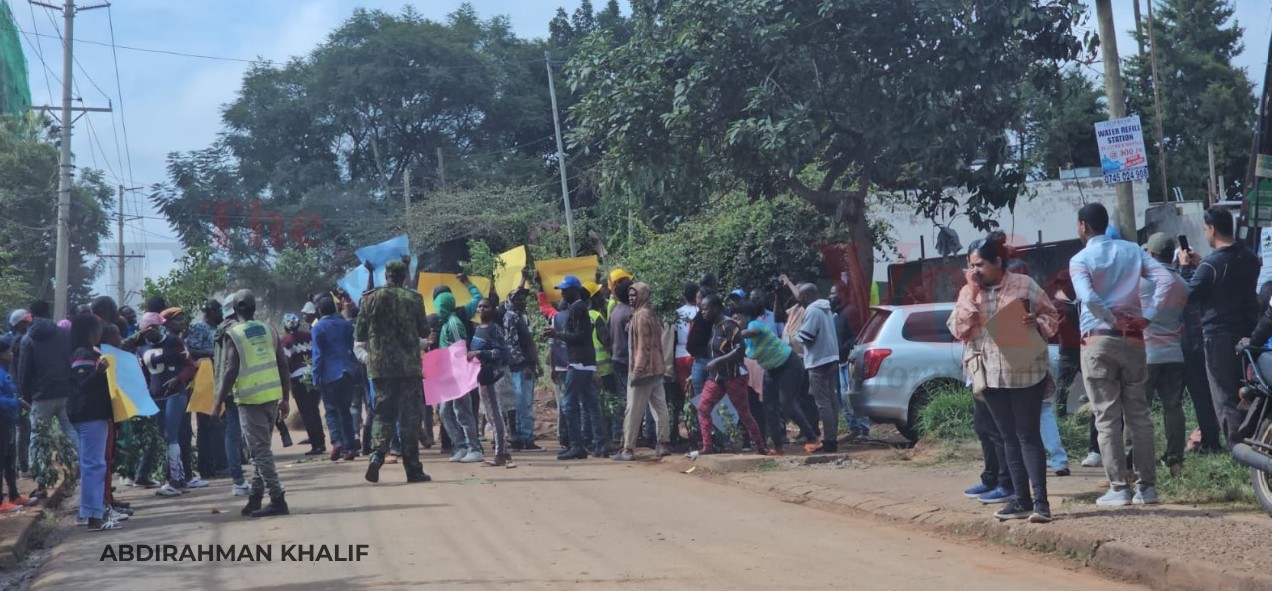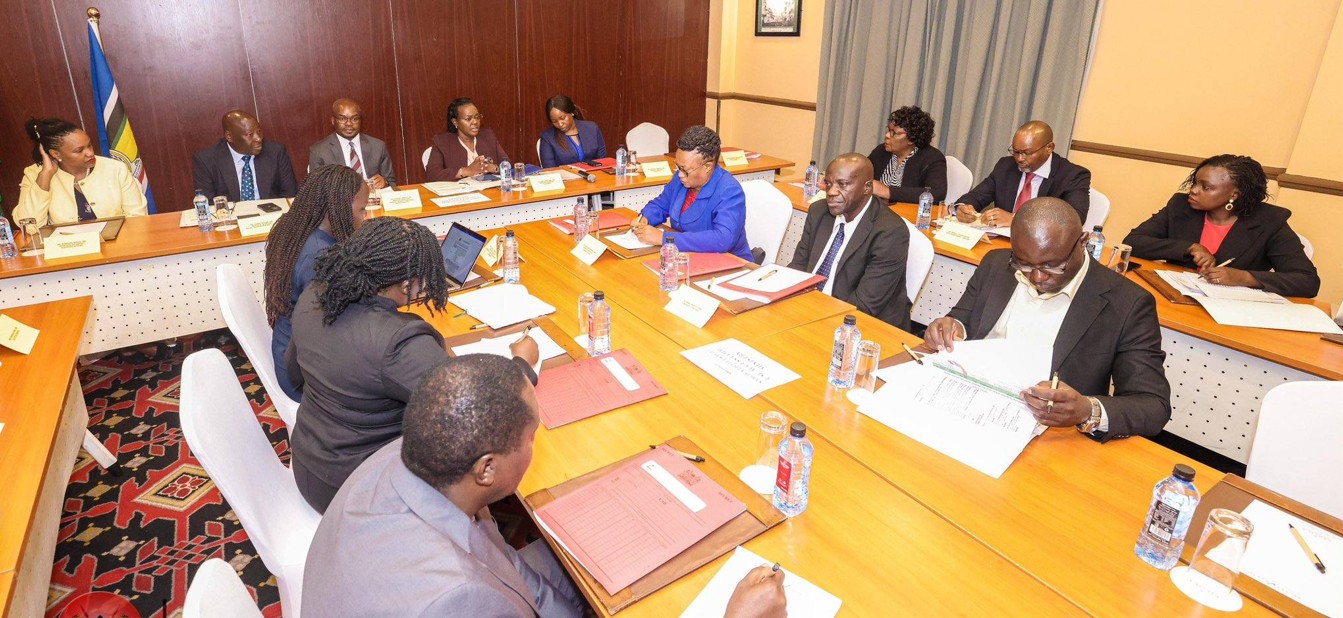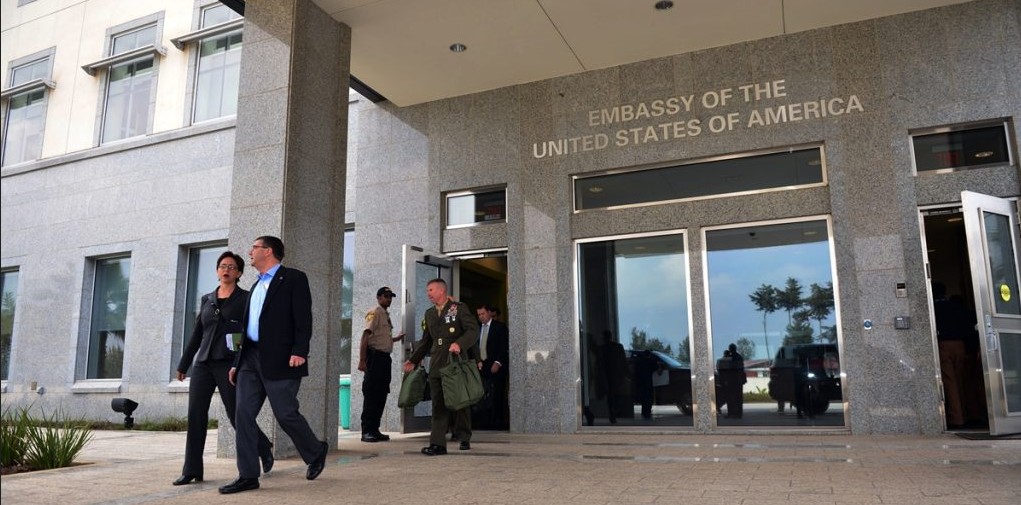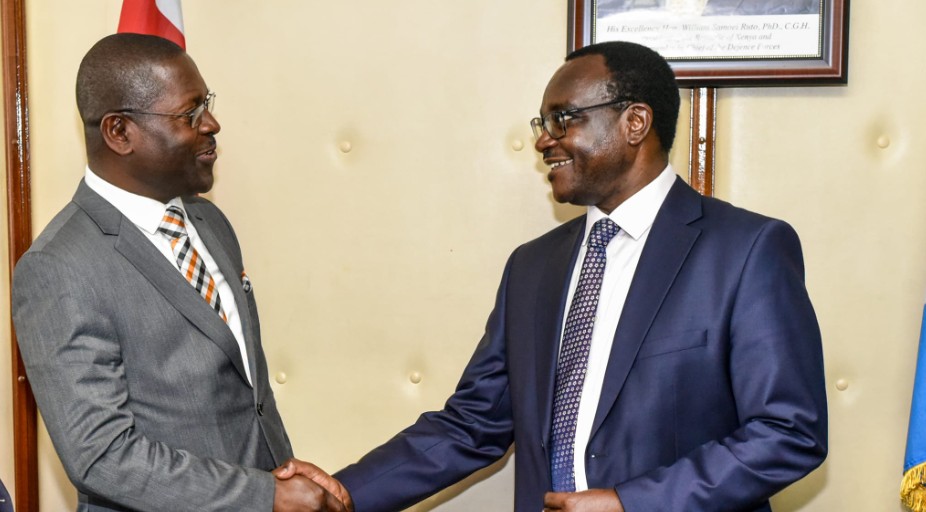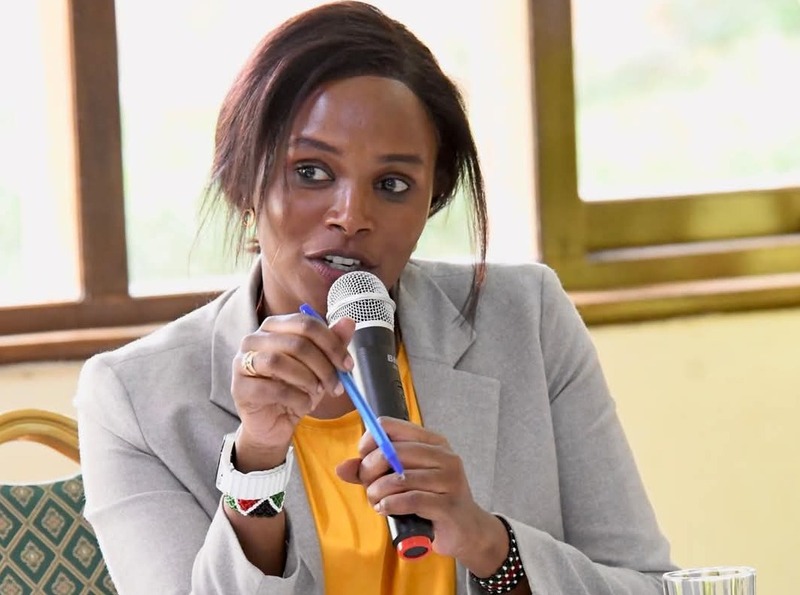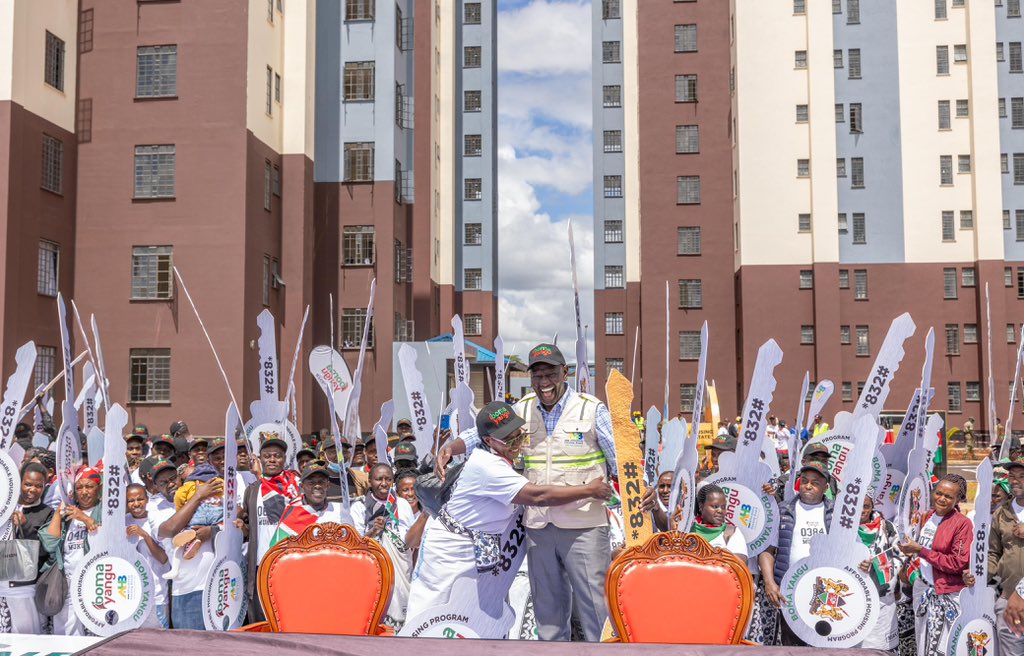Senators clash over new county revenue sharing formula
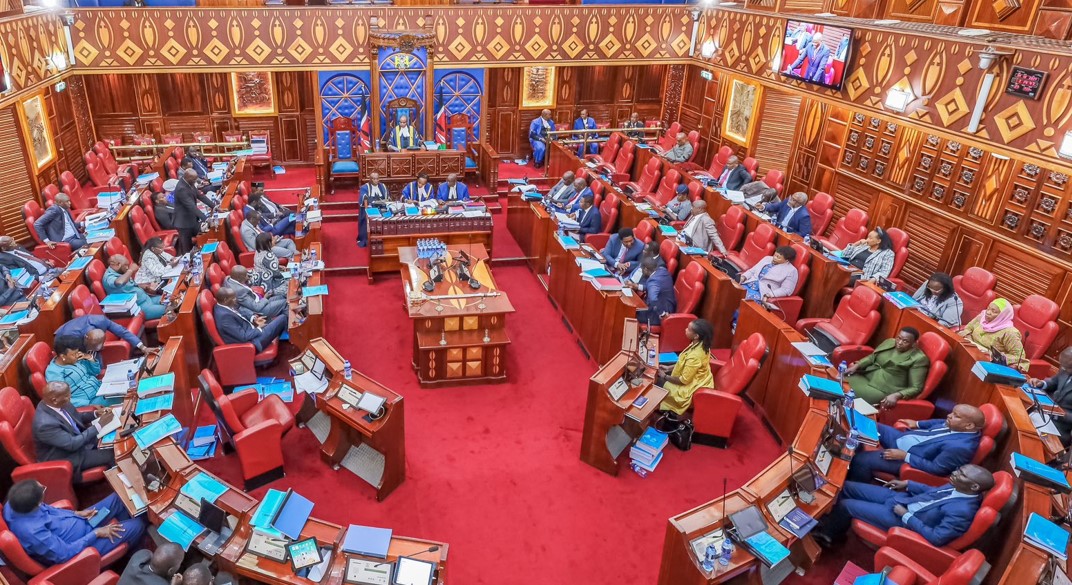
The tension echoed a similar stalemate five years ago, when the Senate failed to pass a formula after 10 attempts, forcing then-President Uhuru Kenyatta to intervene with a Sh53 billion top-up to ensure no county lost funds.
The Senate is once again sharply divided over the formula for sharing national revenue among counties, as legislators push for changes that favour their regions, reviving tensions reminiscent of the 2020 deadlock.
The debate has resurfaced with the presentation of two conflicting proposals from the Senate Standing Committee on Finance and Budget and the Commission on Revenue Allocation (CRA), with senators calling for specific parameters such as population, landmass, poverty, and disasters to be factored into the allocation.
More To Read
- Governors push for Ruto meeting over Sh78 billion delayed funds, UHC staff transfer
- Senate committee rejects CRA revenue plan, backs baseline guarantee to protect county funding
- Showdown looms as senators demand more funds for counties, National Assembly disagrees
- Fresh standoff looms as MPs reject governors’ plea for more funds
- Governors threaten counties shutdown over Sh78 billion withheld funds
- National Treasury, CRA differ over equitable share revenue allocations to counties
Chaired by Mandera Senator Ali Roba, the session saw senators scrutinise the two proposals, with many demanding adjustments to increase their counties' share of the national revenue.
The debate quickly turned heated as senators from different regions sought to push for criteria that would give their counties an advantage.
The tension echoed a similar stalemate five years ago, when the Senate failed to pass a formula after 10 attempts, forcing then-President Uhuru Kenyatta to intervene with a Sh53 billion top-up to ensure no county lost funds.
That move helped unlock a deal. Today, however, the battle lines are being drawn again.
Tana River Senator Danson Mungatana asked the committee to include disaster as a new parameter, citing the challenges caused by regular flooding in his county.
“Some counties are disaster-prone. I’m imploring the committee to introduce disaster as a parameter, even with a weight of just one per cent,” he said.
Kitui Senator Enoch Wambua urged the committee to increase the weight attached to geographical size, arguing that service delivery in large counties is costly and time-consuming.
“The distance, time and cost to deliver services must be considered. For example, drugs leaving KEMSA reach Nairobi within hours but take up to two weeks to reach Mandera,” he pointed out.
Elgeyo Marakwet Senator William Kisang’ proposed setting a floor of Sh6 billion for all counties, saying the lowest funded counties like Isiolo, Tharaka Nithi, Taita Taveta and Lamu were struggling to provide basic services.
“Counties like Isiolo, Tharaka Nithi, Elgeyo Marakwet, Taita Taveta and Lamu receive under Sh6 billion. Without a minimum threshold, they can’t offer services or undertake meaningful development,” he said.
Isiolo Senator Fatuma Dullo raised concern over the omission of livestock as a parameter, noting that pastoralist counties need support just like agricultural ones.
“Why is CRA considering agriculture but ignoring livestock? We also need a budget to support our livestock sector,” she stated.
Senator Roba said his committee avoided sector-specific parameters to prevent even more disputes.
Instead, they recommended a full overhaul of the CRA formula to ensure no county loses its current allocation.
The committee introduced a new baseline allocation of Sh387.42 billion, equivalent to the 2024/25 county equitable share. This amount would be guaranteed for all counties in the coming fiscal years.
According to the proposal, future revenue beyond this baseline would be distributed using a new formula.
This new formula increases the equal share weight from CRA’s proposed 22 per cent to 35 per cent. It lowers the poverty index from 14 per cent to 12 per cent, retains the population factor at 45 per cent, and reduces the geographical size weight to 8 per cent (capped at 10 per cent).
The committee has also dropped the income distance index altogether, arguing that the data is unreliable and not derived from counties directly.
“The data used to generate the Income Distance index is not directly derived from each county. The KNBS applies a top-down approach to determine each county’s contribution to GDP,” the report reads.
The committee also rejected a stabilising factor proposed by CRA, meant to cushion counties from revenue loss, arguing it complicates the allocation further.
CRA, on the other hand, proposes a simplified model with five parameters instead of the current eight. It gives the population factor the highest weight at 42 per cent, followed by an equal share at 22 per cent, income distance at 13 per cent, geographical size at 9 per cent, and poverty index at 14 per cent.
CRA chairperson Mary Chebukati argued that counties should receive a minimum of Sh417 billion to prevent losses and enable smooth service delivery.
“To facilitate service delivery, the recommendation provides for an equal minimum allocation across all counties, using population and geographical size of a county as the key transfer parameters,” she said.
As the two proposals continue to spark debate, it is clear that senators remain far from consensus, with regional interests continuing to shape the discussions around national resource sharing.
Top Stories Today
